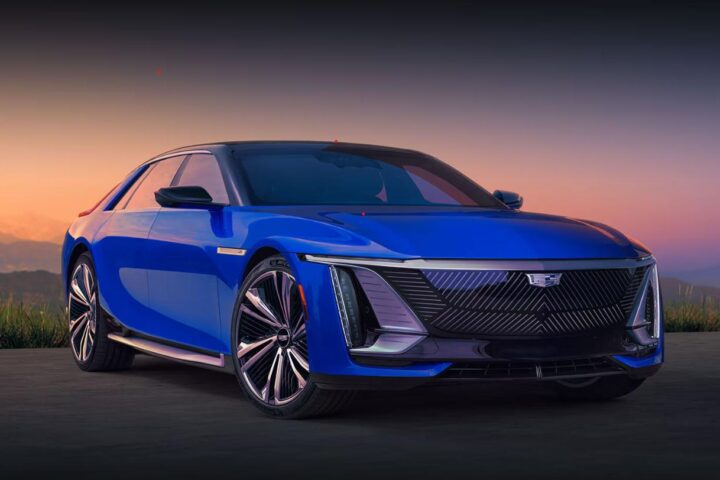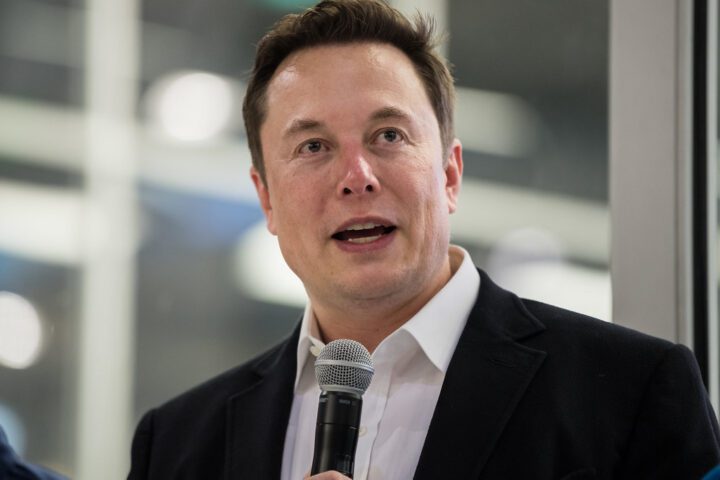In the bustling city of Rockford, Illinois, something luminous is on the horizon. Collins Aerospace, a pivotal player under the expansive RTX umbrella, has etched a 15-year power purchase agreement with ENGIE Distributed Solar and Storage, illuminating a path towards a sustainable future with a 6.5-acre solar farm at their Plant 6 site on Harrison Avenue. The deal is as bright as it is intricate: Collins foots the bill for the electricity generated, while ENGIE basks in the glow of the original renewable electricity certificates, and Collins, not to be outshone, will procure replacement certificates from alternative renewable projects.
Steve Kotso, the executive director of Electric Power Systems at Collins, shared a glimpse into the company’s sustainability ethos, stating, “As part of Collins’ Sustainability roadmap, we are committed not only to creating greener products for our customers, but also to making our own manufacturing operations more environmentally friendly.” The Rockford site is buzzing with activity, not just with the upcoming solar farm that will light up roughly 10% of the Plant 6 facility’s annual electricity needs but also within The Grid, their spanking new $50 million lab, where minds and machines meld to forge hybrid-electric propulsion systems, aiming to slice through future aircraft emissions.
With shovels set to hit the ground next spring and completion eyed for 2024, Collins isn’t new to the solar game. With solar arrays perched atop 15 sites worldwide, they’re already dodging more than 3,500 metric tons of greenhouse gas emissions annually.
Similar Posts
Yet, beneath the surface of this sunny endeavor, the broader aerospace industry finds itself in a heated dialogue about sustainability. The pressure is mounting to temper its environmental impact, and while solar farms are a gleaming step forward, they spark questions about scalability and the palpable impact on the industry’s overarching carbon footprint.
Peeling back the layers of the agreement, where Collins powers its operations with ENGIE’s electricity while ENGIE clings to the original renewable electricity certificates, a nuanced discourse unfolds about the authentic versus the perceived impact of such initiatives. Is the industry soaring high enough towards sustainability, or are bolder, more radical maneuvers needed to carve a significant dent in the sector’s environmental impact?
Zooming out to RTX, Collins Aerospace’s parent entity, which pilots a hefty portfolio including Pratt & Whitney and Raytheon, the shift towards sustainable practices in one business unit could potentially cascade through its other entities. The real turbulence lies in marrying profitability with sustainability, especially in an industry that traditionally guzzles energy.
Collins Aerospace’s solar farm project in Rockford not only casts a light on a noteworthy initiative towards sustainability but also ignites deeper, more incandescent discussions and evaluations concerning the aerospace industry’s trajectory towards genuine, impactful sustainability. Striking a balance between maintaining operational excellence and adhering to environmental commitments will, without a doubt, continue to be a pivotal focus in the industry’s future journey.
















